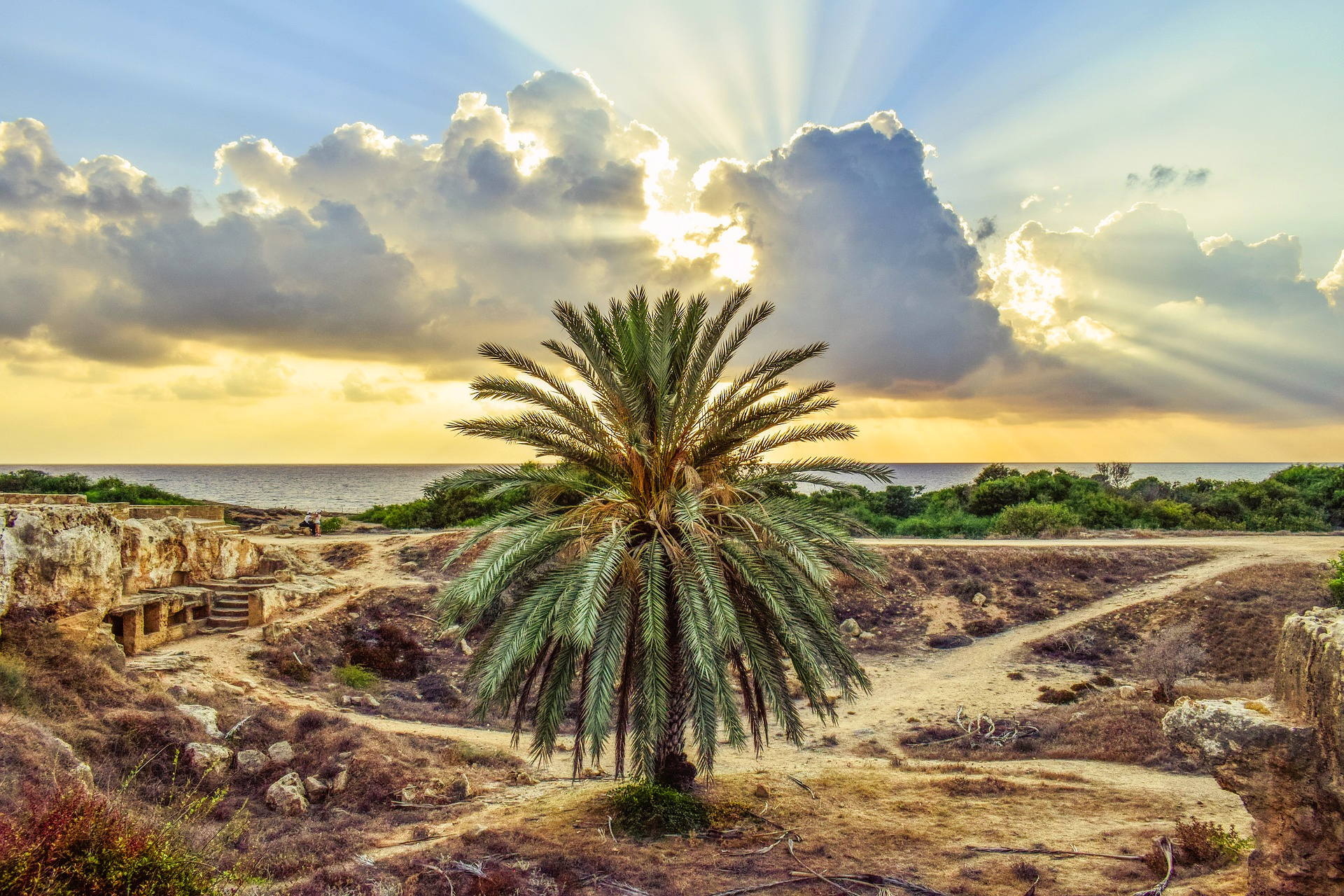Cultivation of Diverse Palm Tree Species in Leipzig
Today we want to inform about the first palm species we started to cultivate last years in Leipzig, Saxonia, Germany. All articles and contents on the new website will be translated into German language and you can use the translators on Facebook and Google. We will offer one and two year palms in our upcoming shop and later in the palm store, lounge and café in Leipzig city.
Washingtonia filifera (Lindl. ex André) H.Wendl. California Washingtonia, Northern Washingtonia, California fan palm, or Desert fan palm. Tree to 23 m tall; leaves large, with petiole up to 2 m long, and leaflets up to 2 m long. Inflorescence to 5 m long; flowers white; fruit oval. Southwestern USA, just into extreme northwest Mexico. Palms are often found at the base of mountains, hills and form around desert oasis in the southwest. They are used in landscaping, particularly in southern counties of California.
Washingtonia robusta H.Wendl. Mexican Washingtonia or Southern Washingtonia. Tree to 25 m tall; leaves smaller, with petiole up to 1 m long, and leaflets up to 1 m long. Inflorescence to 3 m long; flowers pale orange-pink; fruit spherical. Northwest Mexico. (Teresa Ribeiro et al.).
The fruit is edible, and was used by Native American people as a minor food source. They are also eaten by birds, which disperse the seeds in their droppings after digesting the fruit pulp. Washingtonia species are also used as food plants by the larvae of some Lepidoptera species, including Paysandisia archon.
Both species are cultivated as ornamental trees, widely planted in California in particular, but also in Florida, extreme southwest Utah, Arizona, southern New Mexico, Texas, the Carolinas and the Mediterranean region in southern Europe and north Africa, parts of Australia, and the leeward sides of the Hawaiian Islands. W. filifera is modestly hardy in drier climate and able to survive brief temperatures in the vicinity of -15 °C (10 °F), provided the air and soil are not too wet, and the afternoon temperatures are not too cold. Intolerance of wet, prolonged cold is the main reason the filifera species cannot grow properly in temperate marine climates. W. robusta is less sensitive to moisture than filifera, but far more easily damaged by cold.
The genus is named after George Washington.


